Whenever you see any travel articles about gastronomy on Tenerife, or the other Canary Islands for that matter, they mostly reference the same handful of ingredients\dishes with papas arrugadas (wrinkled potatoes) usually hogging the culinary stage.
But there are many other local specialities which rarely get a mention in English language publications, even though they regularly feature on menus in traditional restaurants.
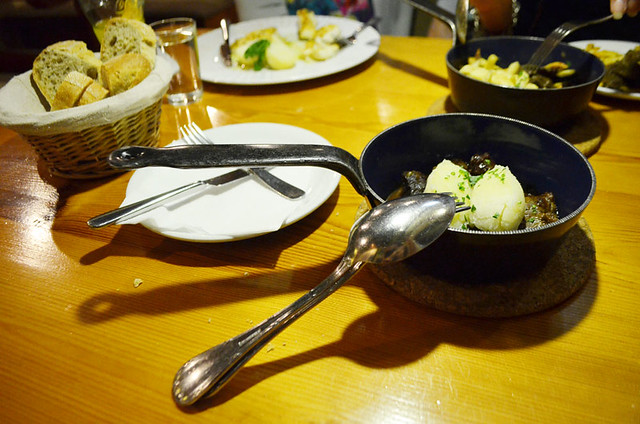
One which dates back to post conquest that has seen somewhat of a resurgence in the last decade is the cochino negro (black pig).
Anyone who’s travelled around Tenerife might have noted that, apart from goats, you don’t tend to see many farm animals dotted around the countryside. Yet, as those who have been to one of the island’s agricultural festivals knows, they exist.
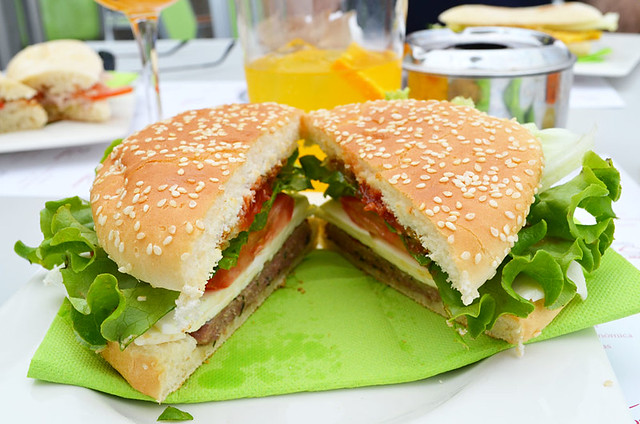
However, farming of all varieties is generally on a small scale and often in places the average visitor, or resident, doesn’t stray into.
Pigs have been part of island life since the time of the Guanche, believed to have initially come with Berbers from North Africa. The prized cochino negro didn’t arrive until the conquest, brought by Spanish and Portuguese settlers from the Iberian Peninsula where they still thrive. We’ve seen plenty of rhinoceros-coloured pigs roaming freely and seemingly happily in the cork forests south of Lisbon.
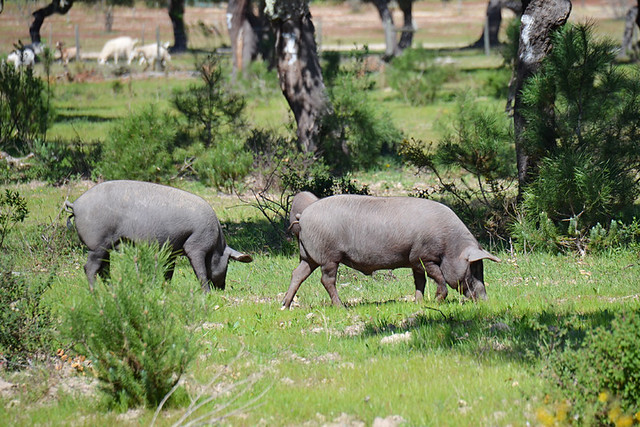
Although a mainstay of islander’s diet for centuries, Canarian cochino negro herds diminished over the years until a renaissance in Canarian gastronomy during the last decade brought old traditions and farming methods back into vogue. Various government and local council initiatives also encouraged farmers to invest their time in rearing and breeding the pigs. Numbers rose and islanders developed a taste for the black pig once again. A few restaurants are named after the pig, there have been tapas routes themed around it and there’s now even at least one cochino negro festival in the north of the island.
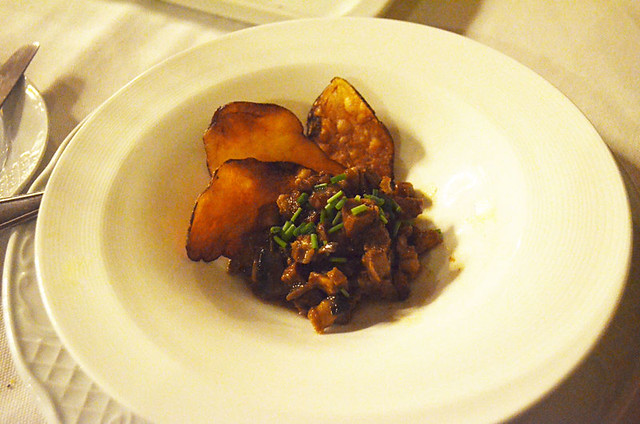
Even though numbers are healthy these days, they’re still not a common sight. We know where there are a couple of herds, one in an organic finca, but you’d never spot them from the road.
Cochino negro on the menu
Black pig has more flavour than run of the mill pork, so tends to be a favourite with the new breed of Canarian restaurants on Tenerife. When I think of all the times we’ve eaten cochino negro it’s mostly been in restaurants where good chefs like to play about with the best local ingredients.
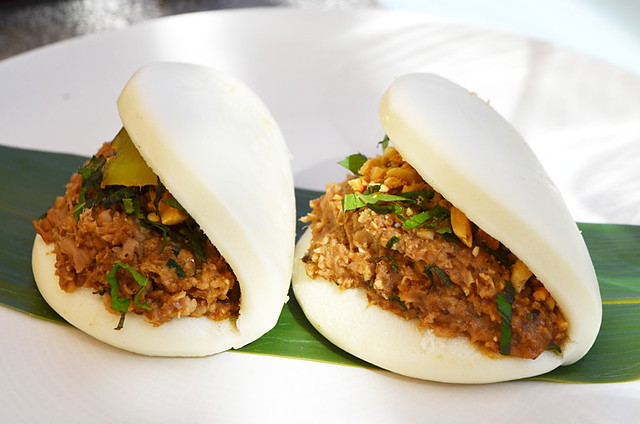
One of the most popular ways it appears on menus is as carrillas (cheeks). We’ve eaten cochino negro carrillas in restaurants in Puerto de la Cruz and El Calderito de la Abuelo in Santa Ursula. Cochino negro also turns up in chorizo, as albondigas (meatballs) and croquettes. The cafe at Humboldt’s Mirador in La Orotava (currently closed) used to do cochino negro burgers. We’ve had it as part of a creative tapas dish in an off the beaten track restaurant in Los Realejos. At Tasca Haydee, located where La Orotava meets Puerto de la Cruz, the menu changes regularly but one dish is so popular it gets carried over to each new menu; black pig in a Chinese bau bun. Try it and you’ll understand why it doesn’t get the chop… and why cochino negro has made a tasty comeback.



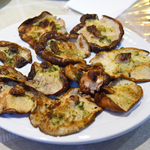
Be the first to comment